Year 2 Learning from Home Week 1 Term 3
Week beginning Monday 20 July
Reading
15–20 minutes each day
Each day you need to read a book to someone from your Bug Club or Rapid Readers.
Choose both fiction and non-fiction books to read. Together, talk about the quiz questions before you answer them.
Remember you can look back at the page to help you find the answers.
When you finish a book, spend five minutes discussing the book with the person you read to, using some of the following prompts.
Fiction Text
Retell the story including the main events in the beginning, middle and end of the story using the characters names.
What text to self-connections can you make?
Why do you think the author wrote this book?
What does the author do to keep you interested?
Non-fiction Text
What did you learn from this book?
Talk about the important information the author is telling you about the text.
What are the features of a non-fiction text?
Learning Intention:
We are learning the difference between fiction and non-fiction texts.
Task: 15–20 minutes

Look at the chart above to see the features of fiction and non-fiction texts.
Click here to log onto Epic to choose a non-fiction book to read.
Click here to log onto Story Box Library to choose a fiction book to read.
Write down the title of the two books you read and make a list of the fiction and non-fiction features. Look at the example below.

Be ready to share the task above in our Webex Essential meeting on Wednesday.
Learning Intention:
We are learning to understand the purpose of a contents page in a non-fiction text.
Task:
15 – 20 minutes
The contents page helps the reader identify key topics in a text and the page numbers.
Here is an example of a contents page;

Click here to log onto Epic. Choose a non-fiction text to read that includes a contents page.
After reading, copy the contents page into your book.
Write a sentence explaining why contents pages are important for readers.
Learning Intention:
We are learning to understand the purpose of headings and sub-headings in a non-fiction text.
Task:
15–20 minutes
Headings help the reader identify the main topic in a chapter or page of a text.
Sub-headings help the reader identify what a paragraph or section will be about. Look at the example of a heading and sub-heading.
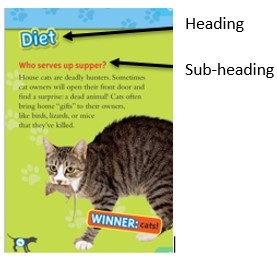
Click here to log onto Epic to choose a non-fiction book to read.
Find examples of headings and sub-headings to record in your book.
Explain how these features help you as a reader.

Learning Intention:
We are learning to understand the purpose of a glossary and index in a non-fiction text.
Task:
15 – 20 minutes
A glossary helps the reader to understand (define) words in a text.
An index is an alphabetical list of things covered in the text with page numbers of where to find the information.
Here are examples of a glossary and index.

Click here to log onto Epic! to choose a non-fiction book to read.
Find examples of an index and glossary.
Copy two words and definitions from the glossary.
Copy two words and page numbers from your index. (Remember to make sure your handwriting is neat).
Explain how these features help you as a reader.
Writing
Learning Intentions:
To create a mind map in preparation for writing an information report.
Task:
40 minutes
To write an information report we need to gather information before we write. This is called ‘research’.
Today we are going to begin with a topic we all know a lot about – ourselves.
We will be creating a mind map about ourselves.
These are some questions you could ask yourself to gather information:
Who are you?
What’s unique about you?
Where and when were you born?
What do you like?
Where do you live?
Who is in your family?
Where have you travelled?
Favourite foods? Favourite movie?
Favourite sports? Favourite books?
Here is an example of a mind map.
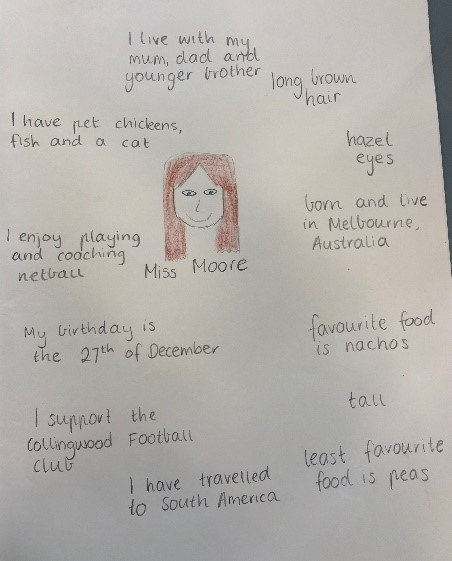
Please ask a parent to take a photo of your mind map and upload it to the Parent Portal on Sentral.
Success Criteria:
I can sketch a picture of myself
I can add details around the sketch to create a mind map with the information about me.
Learning Intention
We are sorting our personal information into categories.
Task:
20 minutes
Using your mind map, sort your personal information into the following categories.

Have your table ready to share during our Webex Essential meeting on Thursday.
Success Criteria
Categorise personal information into a table.
Spelling
Learning Intention:
We are investigating a word of the week.
Task:
We will be investigating the meaning of a word and the different ways we can use it when writing and speaking.
Words will be introduced and discussed during Webex meetings on Tuesday, Wednesday and Friday.
Handwriting:
20 minutes
Learning Intention:
We are forming the letters x and z correctly.
Task:
Look at the handwriting example below. Copy and continue the handwriting into your lined book. Remember to use correct posture and pencil grip. You could also create your own sentences using words with x and z.
Click here to watch how to correctly form the letters x and z.
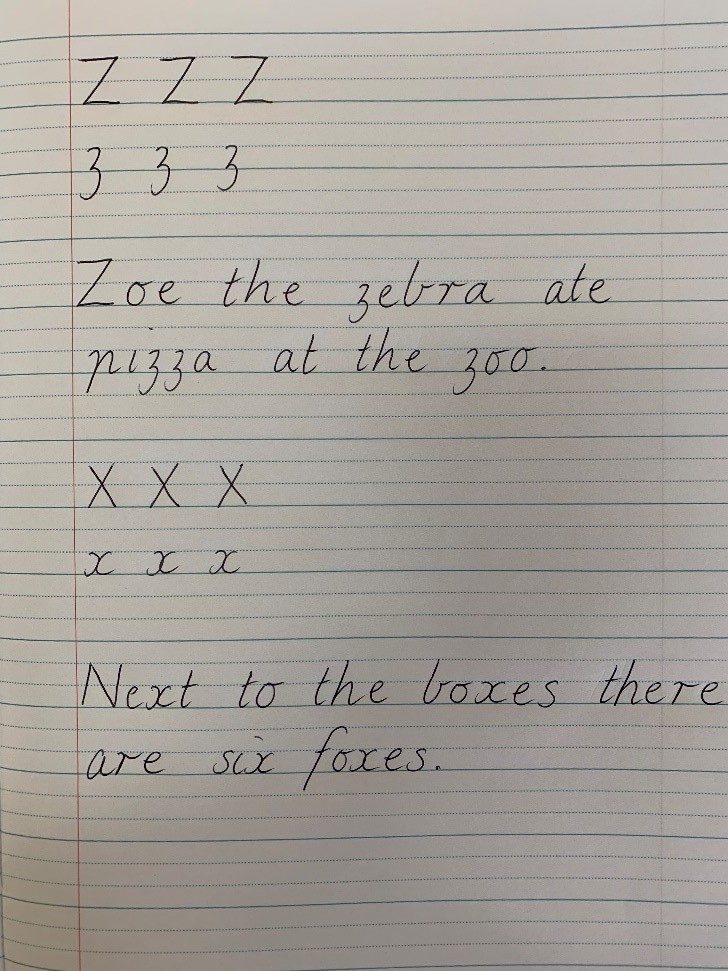
Maths
Learning Intention:
To name numbers 10 or 100 more or less than a given 2 or 3-digit number.
Task:
15 minutes
Fluency Activity: (to be competed each day).
This task is similar to one we did in class before the holidays.
Copy the table below into your workbook or ask your parents to print a copy to use.

Create a two-digit number by rolling a dice or using your deck of cards.
- Write this number in the first square (the grey square) of column one.
- In the box below, write the number that is 10 more than this number.
- Continue filling in this column by writing the number 10 more than the previous number.
- Repeat in column two (starting in the grey square) with a different two-digit number.
- In column three, make a two or three-digit number and write it in the middle square (grey square) of this column.
- In the squares above, record the number that is 10 less than the previous number.
- In the squares below, record the number that is 10 more than the previous number.
- Repeat using a different number with columns four and five, starting in the grey square.
If you are confident with 10 more or 10 less, try writing numbers 100 more or 100 less.
Learning Intention:
We are learning to read and write numbers with zero as a place holder.
Tasks:
This task will be taught during the Webex Essential session on Tuesday.
Learning Intention:
We are learning to identify the area of a shape.
Task:
30 minutes
Click here to log onto ClickView using;
Username/email: Year2@LPS
Password: Laburnumps
Watch the video ‘Learning Area’.
Area is the measurement of space inside a 2D shape.
You will need a hand towel, tea towel or paper towel and a pack of cards. You will be measuring the area of the towel.
How many cards do you think will fit inside the towel?
Place the towel flat on the floor
Place the cards next to each other as you cover the towel.
Make sure you carefully put the cards next to each other.
Look at the picture below.
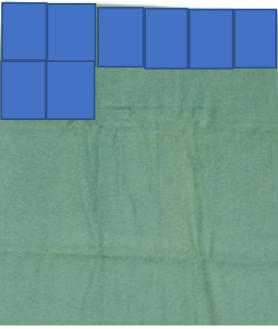
How many cards did it take to cover your towel? Write down the number in your book. This is the area of your towel using cards.
The area of my towel is 24 cards.
We will share these on Friday during our Webex Essential meetings.
Learning Intention
We are finding the area of shapes.
Task:
30 minutes
Choose four flat objects at home, such as a book, iPad, small table or a t-shirt.
Using playing cards measure the area of each object. Arrange your objects in order from the smallest area to the largest area.
In your book draw these and write the area of each object using cards.
Look at the example below.
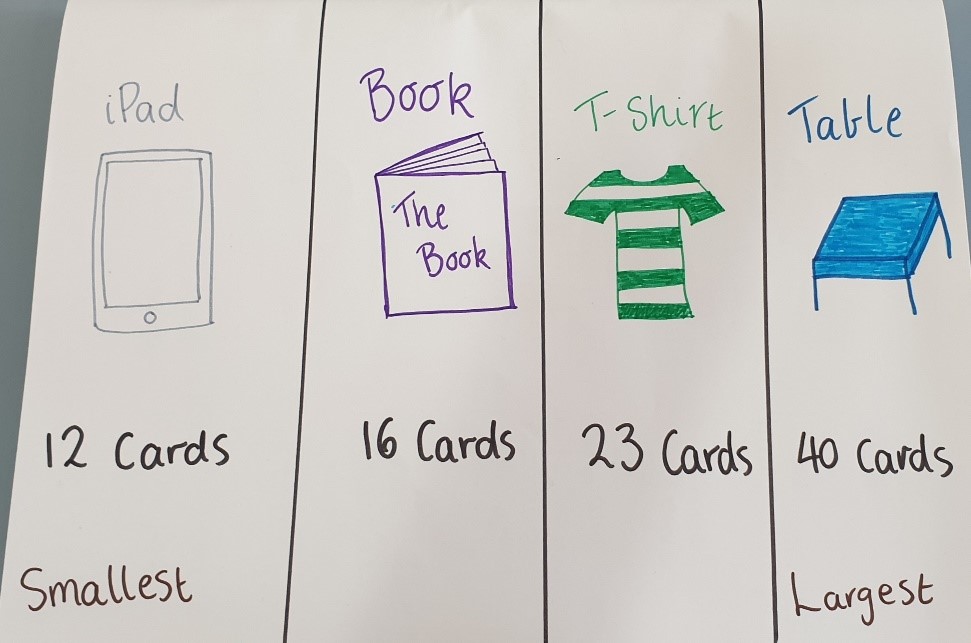
Inquiry
Learning Intention:
We are learning to think about where food comes from by creating a KWL chart (know, wonder and learn)
Task:
In your book draw up a KWL chart. Look at the example below.
In each column list as many ideas as you can.
Tip: You may want to look in your fridge or pantry for ideas.
The first few have been done for you.

After completing this activity click here to read ‘Where does food come from?’
Click here to watch this clip on ClickView.
With a different coloured pencil, add any new ideas to your KWL table.
Science
Learning Intention:
We are making a mind map showing what we know about mixtures.
Task:
A mixture contains two or more substances. Some common mixtures are:
cake mixture- flour, eggs, sugar, milk, butter
tomato sauce- tomato, water, sugar, salt, vinegar
slime- glue, food colouring, baking soda, saline solution
Look at the mind map below to see how we use, make and find mixtures.
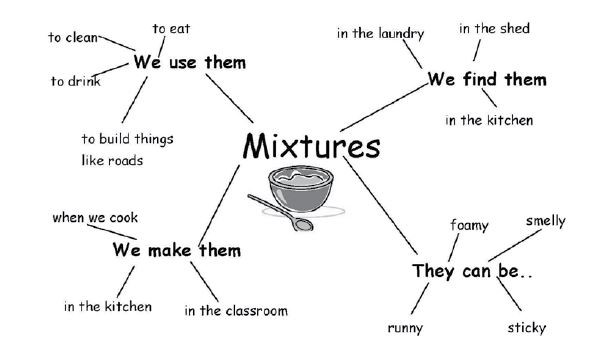
Learning Intention:
We are searching for different types of mixtures in our home.
Task:
In your scrapbook, write the title ‘Mixtures in My House’.
With an adult, go for a walk around your home and record examples of safe mixtures.
You can look at the back of the container to find a list of the ingredients or substances in each item.
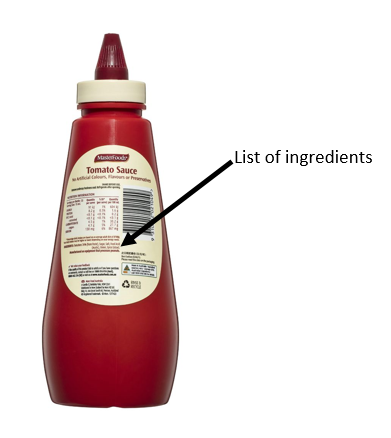
Wellbeing
Resilience, Rights and Respectful Relationships ‘Personal Strengths’
Learning Intention:
We are identifying and describing personal strengths.
Task:
Look at the pictures below. Think about how you could demonstrate these personal strengths. Choose two strengths and then write about a time you demonstrated each strength.
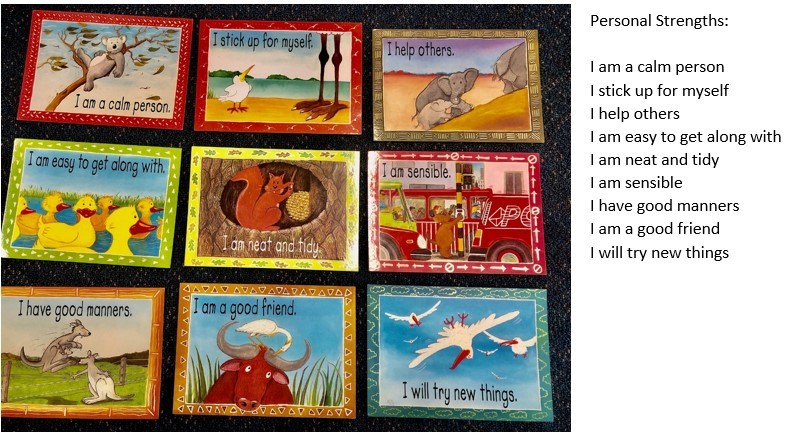
Self-reflection:
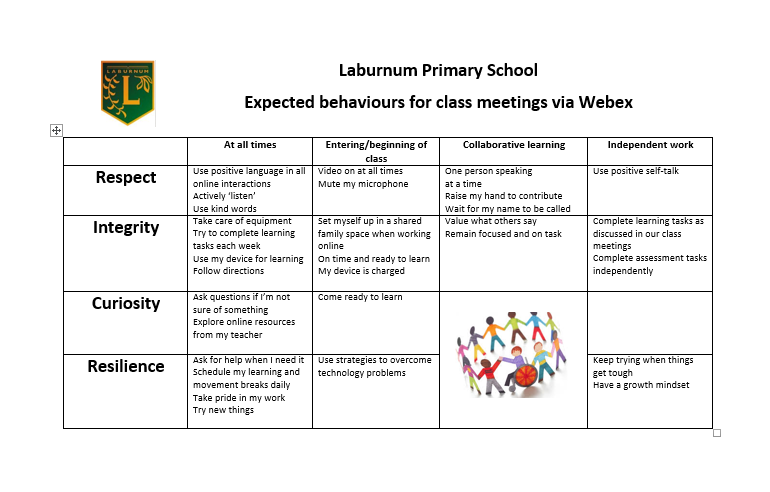
How have you demonstrated the school values this week while Learning from Home?
Be ready to share your reflection during the Webex Essential meeting on Friday.
P.E./Movement breaks
Our focus this week is to develop our skipping skills. Turn on your favourite music and make sure you find a safe space to practise.
Practise forward and backward skipping.
How many skips can you do in a row?
Can you beat it?
If you would like a challenge try the ‘Skier’! Good luck!
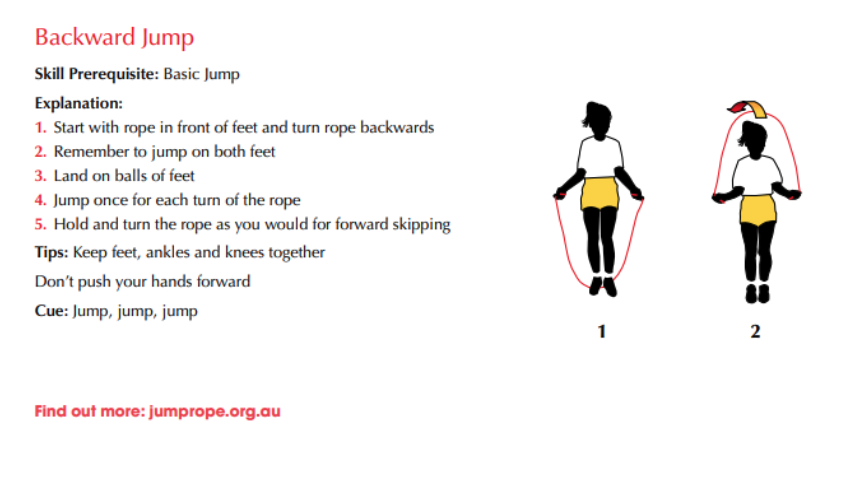
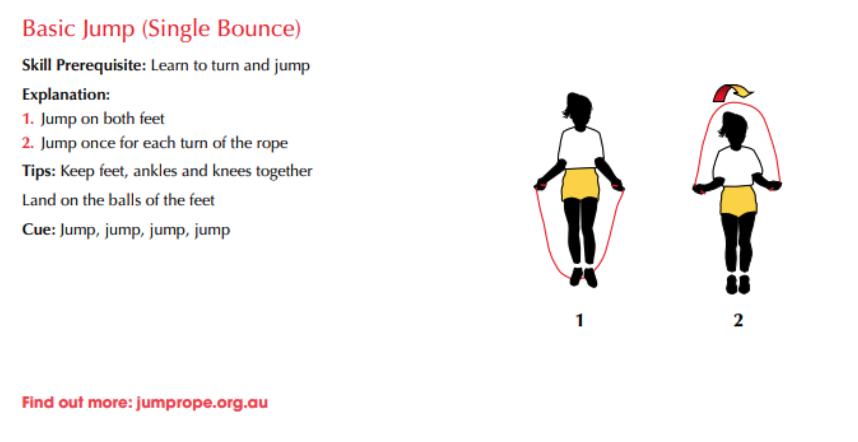
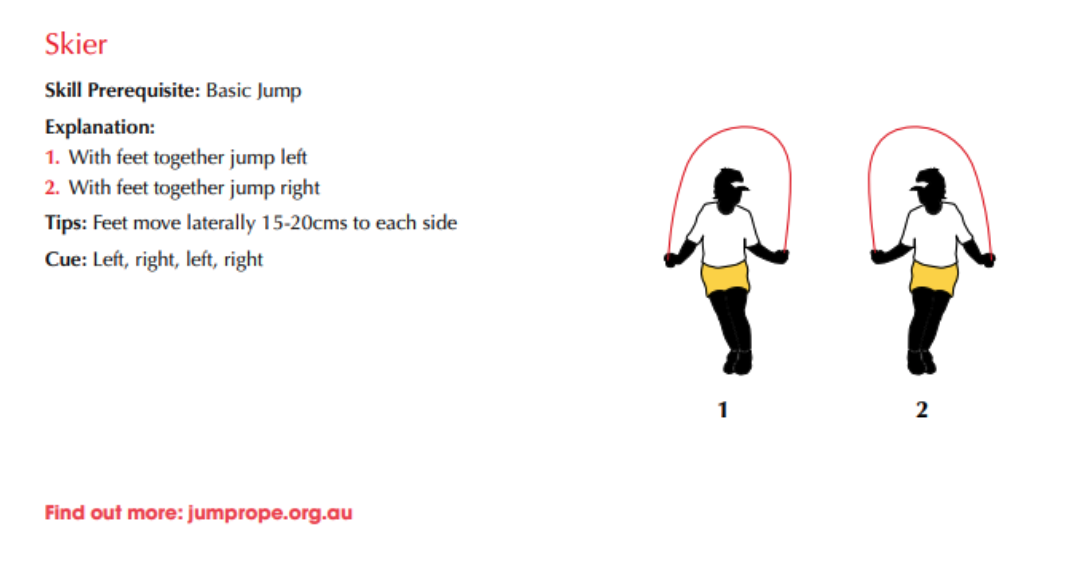
Click here for the other Specialist options.
© Copyright Laburnum Primary School
